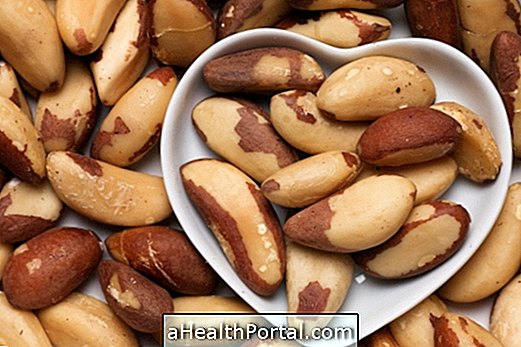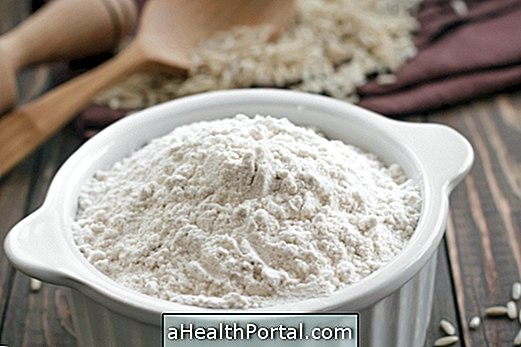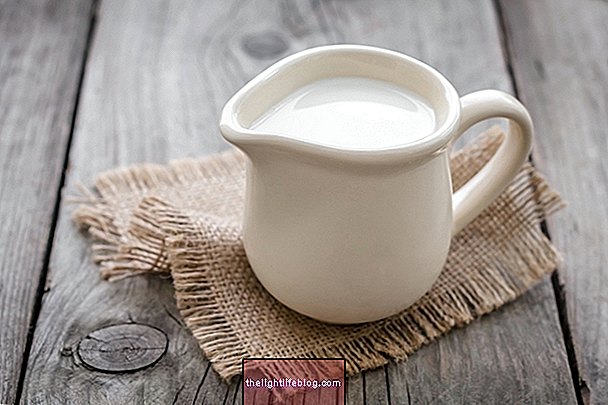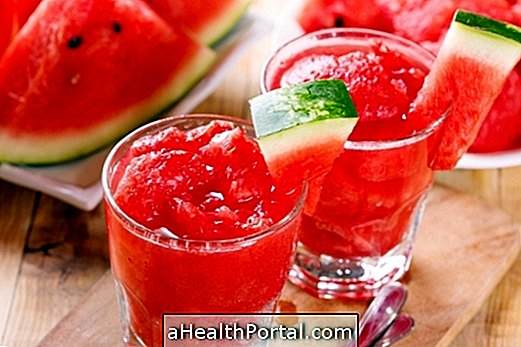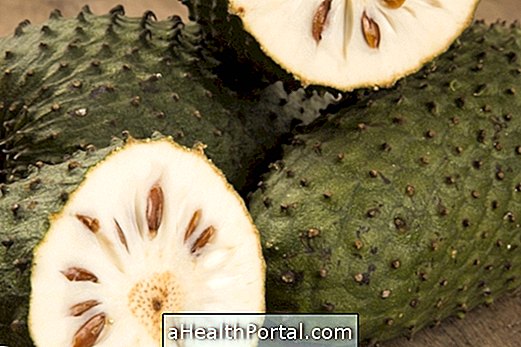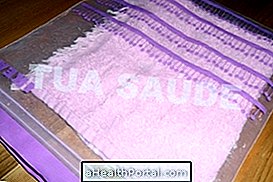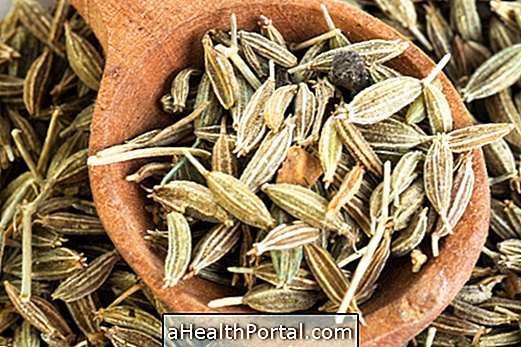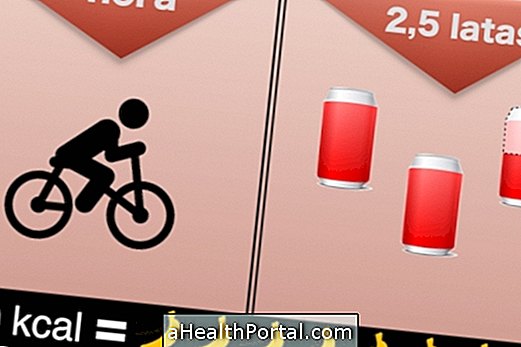Grapes are fruits rich in antioxidants and water, especially in their bark, which bring health benefits such as preventing cancer, preventing muscle fatigue, and improving bowel function. Each grape variation has specific properties, and has a greater benefit when varying the consumption of green and purple grapes.
See below the properties of each and how much to consume.
Purple Grapes
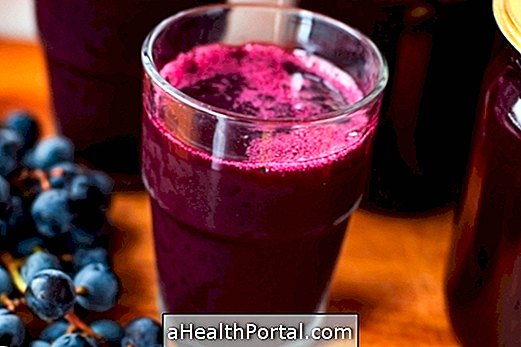
Purple grapes are especially special because they are the largest source of resveratrol, a powerful antioxidant that is present in large amounts in its shell. It brings benefits like:
- Prevent cancer by being rich in resveratrol and phenolic compounds, antioxidants that maintain the proper development of cells;
- Prevent cardiovascular diseases : its components anthocyanins, tannins and flavonoids help relax blood vessels and prevent the onset of atherosclerosis;
- Improve the gut : especially when consumed with peels and seeds, which increases its fiber content;
- Prevent anemia: by being rich in folic acid.
Purple grapes pass resveratrol into red wine, and so moderate wine consumption also helps prevent cancer and cardiovascular disease. Know how much to consume per day.
Green grapes

Green grapes are easier to plant and their fruits are present practically all year round, bringing benefits such as:
- Improve circulation by being rich in minerals such as iron and potassium, which increase the oxygenation of cells;
- Prevent cancer because they are also rich in antioxidants like catechins and vitamin C;
- Control glycemic as it contains less sugar than purple grapes and is rich in vitamin B1, important for the processing of carbohydrates in the body;
- Maintain bone health by being rich in vitamin K and B1, important for increasing calcium fixation in bone mass.
It is important to remember that grape juices, especially whole grapes, have a high concentration of sugar in this fruit and low amounts of fiber, which favors the lack of control of diabetes and weight gain.
Nutritional composition of grapes
The following table shows the nutritional composition for 100 g of the two grape varieties and 100 ml of the integral juice:
| Nutrient | Grape Italy (green) | Ruby Grape (purple) | Integral juice |
| Energy | 53 kcal | 49 kcal | 88 kcal |
| Carbohydrate | 13.6 g | 12.7 g | 14.5 g |
| Protein | 0.7 g | 0.6 g | 0.3 g |
| Fat | 0.2 g | 0.2 g | 0 g |
| Fibers | 0.9 g | 0.9 g | 0 g |
| Vitamin C | 3.3 mg | 1.9 mg | 0 g |
| Vitamin B1 | 0 g | 0.02 mg | 0 g |
| Phosphor | 12 mg | 23 mg | 0 g |
Because it is more concentrated, it is advisable to dilute the whole grape juice in a little water, helping to reduce the amount of sugar in the fruit consumed, which in excess can lead to weight gain and uncontrolled diabetes. Also learn how to use grape flour.
